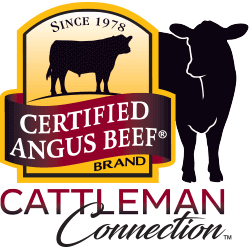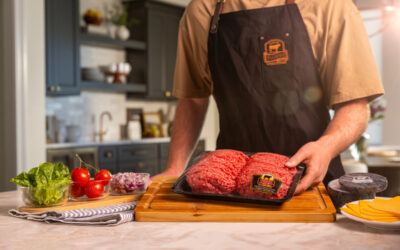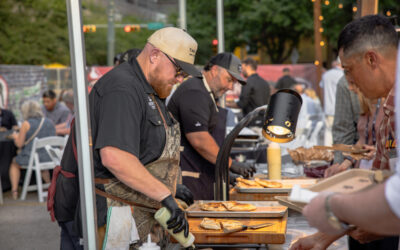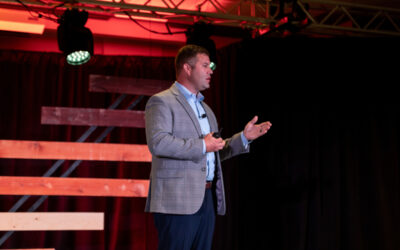
Chef math
Cattle producers throw lots of terms around–like average daily gain and weight per day of age–that are fairly well understood by those in the industry. These are calculations we do often and understand their importance to our business.
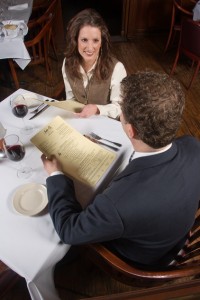 Folks in the foodservice industry also have some math they do on a regular basis. “Food Cost” is a very common one. Simply put, it refers to the cost of the food on the plate as a percent of the menu price.
Folks in the foodservice industry also have some math they do on a regular basis. “Food Cost” is a very common one. Simply put, it refers to the cost of the food on the plate as a percent of the menu price.
For example, an entrée that costs the restaurateur $7 and is on the menu for $21 has a 33% food cost. It’s a well understood metric in the foodservice business and most chefs measure their performance and establish their menus based on food cost.
Of course the danger there is that those percentages don’t deposit in the bank very well. It would be like measuring your success as a cow-calf operator by looking at weaning weight as a percentage of cow weight. Probably an important number but dollars of weaning-weight sold is what you take to the bank.
Overcoming the “Food Cost” objection is one of the challenges for beef in growing market share over cheaper protein options on a restaurant’s menu. For example, chicken can produce a very attractive food cost. An 8-oz. boneless chicken breast could easily have a cost of $1.50/portion. When put on the menu at $12, the chef gets a food cost of 12.5%, a number any chef would be proud of. On the other hand, an 8-oz. portion of CAB® brand sirloin might have a cost of $5/portion. When put on the menu at $18, this entrée has a food cost of 28%, double that of the chicken. To the chef scrutinizing food cost, it looks like chicken wins.
But wait! That chicken order generated $10.50 of profit. The beef order brought in $13.
This math seems pretty simple, but getting many chefs and restaurant owners to turn away from relying mainly on food cost is a huge challenge. It’s one you can bet the sales staff here at CAB is always working on for you!
~Mark
You may also like
Success, Despite Challenges
Today’s market is complex and competitive. The collective effort of stakeholders across the supply chain positions Certified Angus Beef to meet the record demand for premium beef moving forward. Signals across the beef industry are clear and Angus farmers and ranchers seeking high-quality genetics that deliver premium beef are producing a product in high demand.
Keep the Supply Coming
A record-high 800 registrants from 17 countries gathered in Austin, Texas, to learn more about CAB, become inspired by the culinary work of chefs and pitmasters, and celebrate sales and production success. But at the forefront: supply and demand, a reflection of the chaotic past year, and preparing for what’s ahead.
Consumer Demand, Power of Quality
Demand for high-quality beef persists. But with that demand comes challenges. From tight cattle supplies to higher costs and increasing pressure on retailers to deliver a consistent eating experience, the pressure is on. David O’Diam, CAB VP of retail, addressed the current retail beef environment, highlighting both opportunities and challenges in today’s marketplace.
